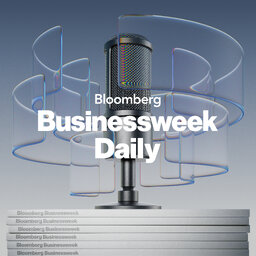Outside Interactive CEO on Mission to Encourage Outdoor Activity and Community
Watch Carol and Tim LIVE every day on YouTube: http://bit.ly/3vTiACF.
Outside Interactive CEO Robin Thurston discusses the integrated social media platform that unites running, cycling, and other athletic events. Author and Executive Coach Caroline Adams Miller talks about her book Big Goals: The Science of Setting Them, Achieving Them and Creating Your Best Life.
Hosts: Carol Massar and Tim Stenovec. Producer: Paul Brennan.
 Bloomberg Businessweek
Bloomberg Businessweek


